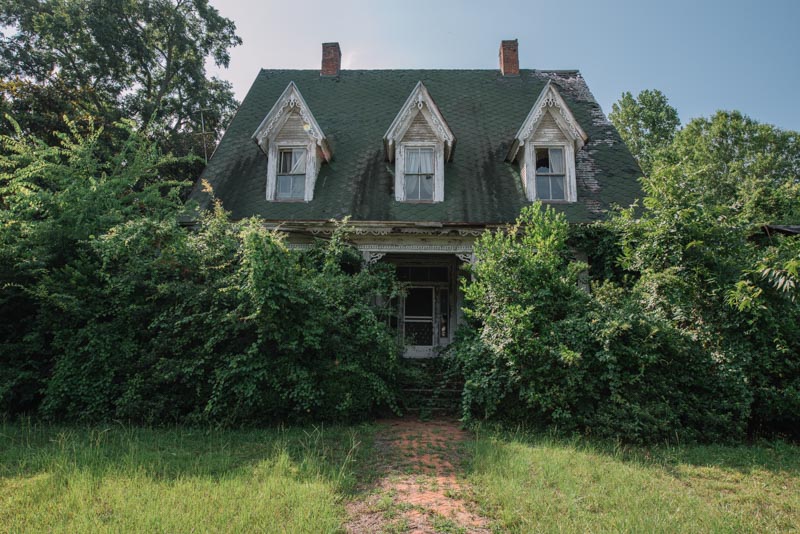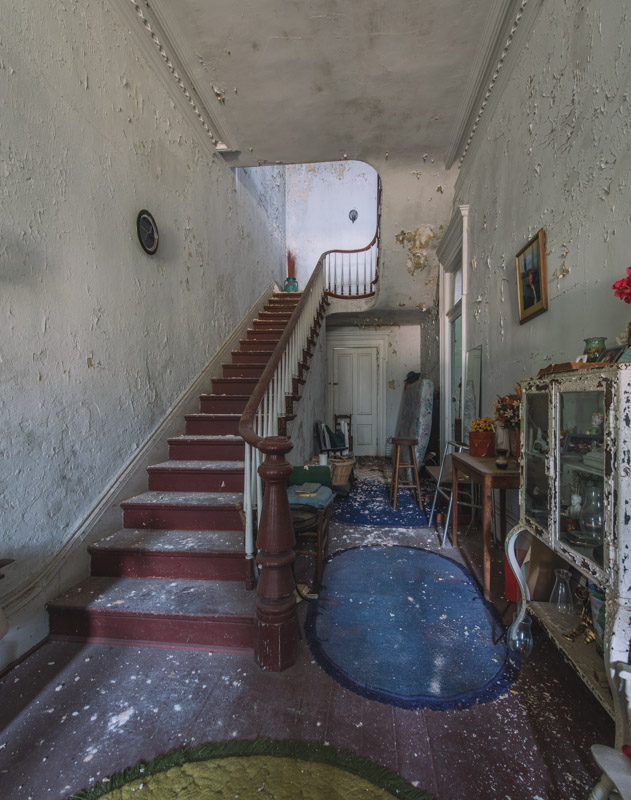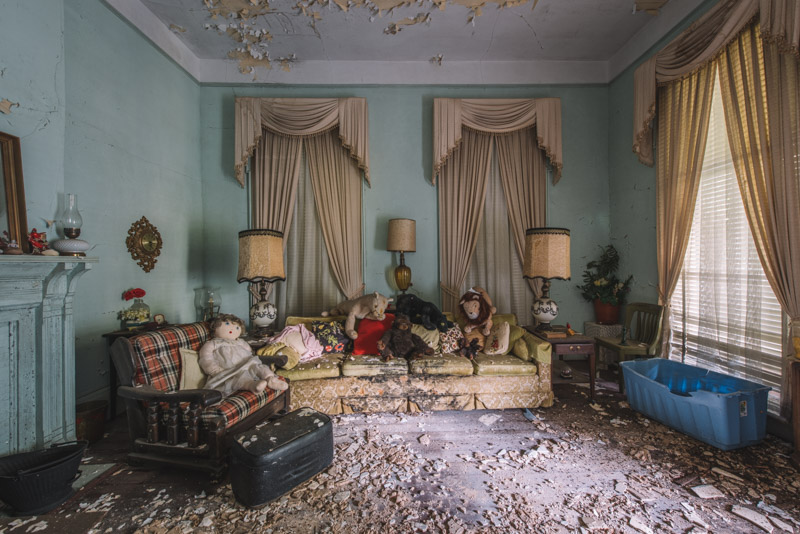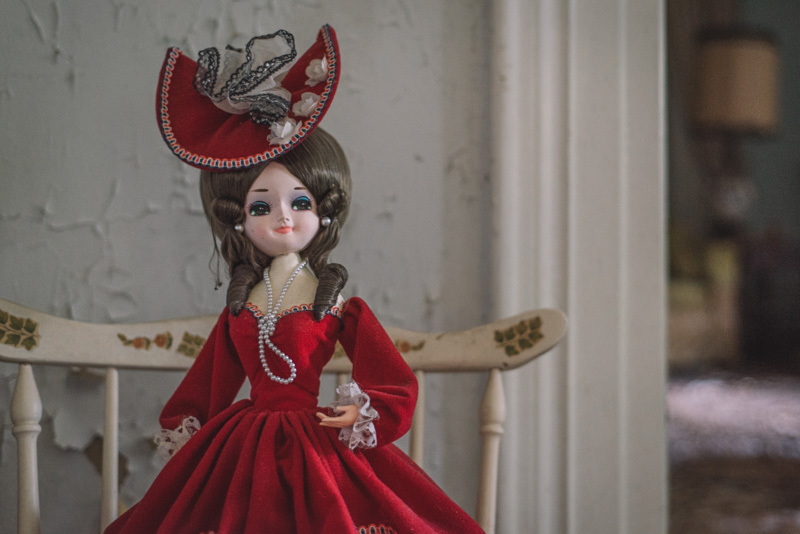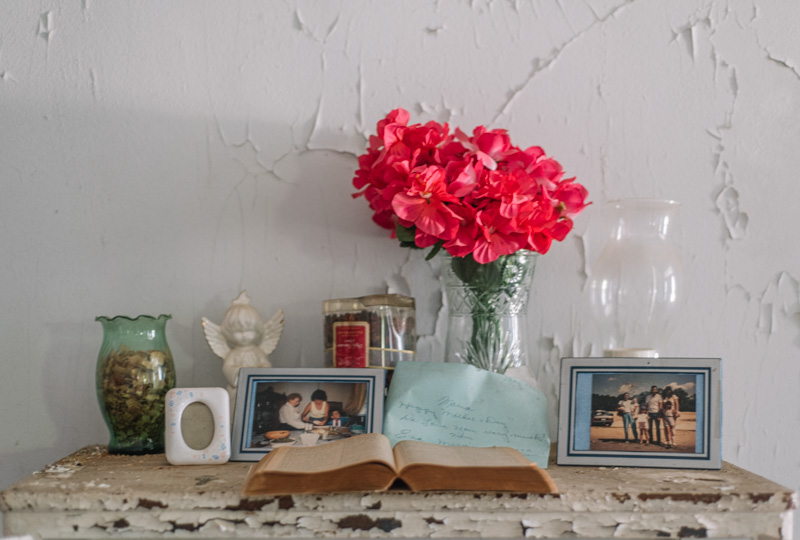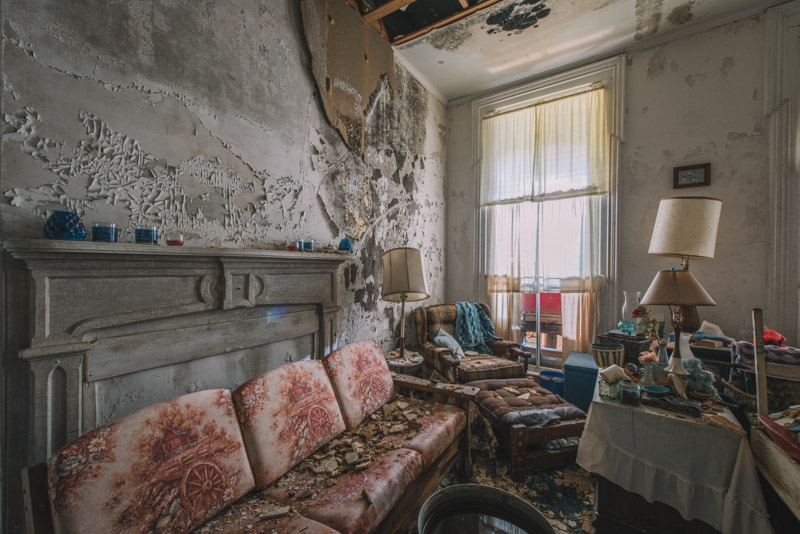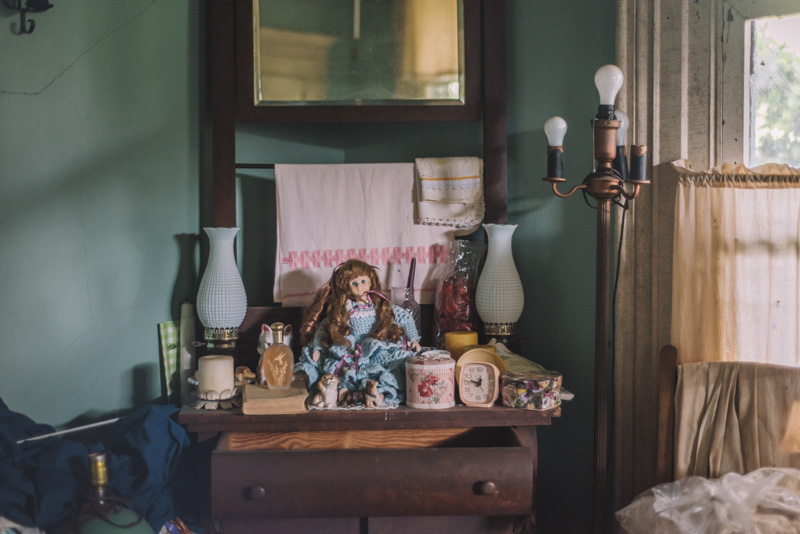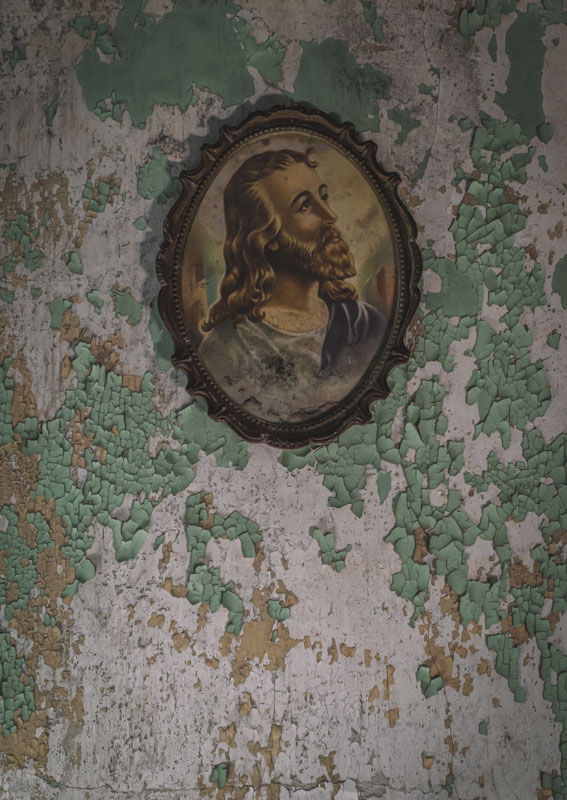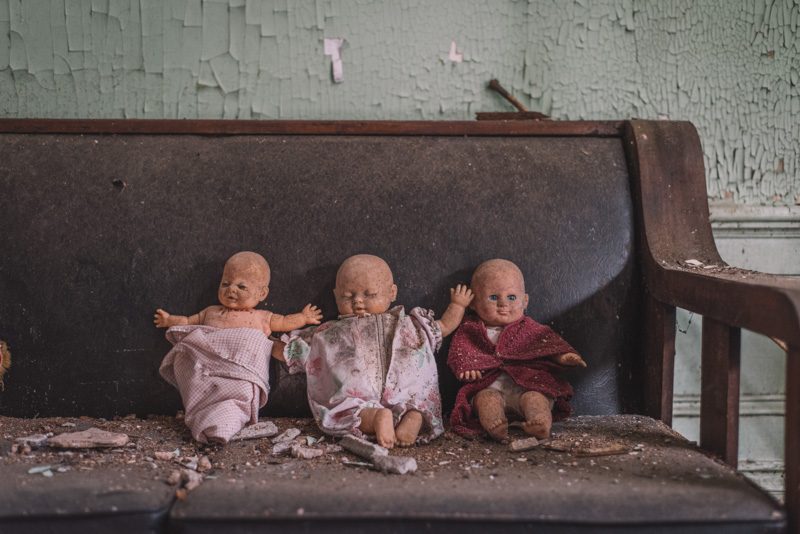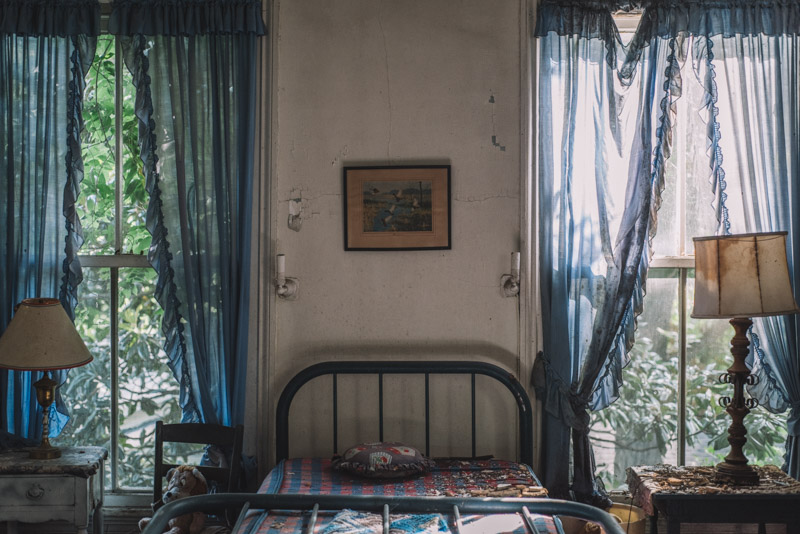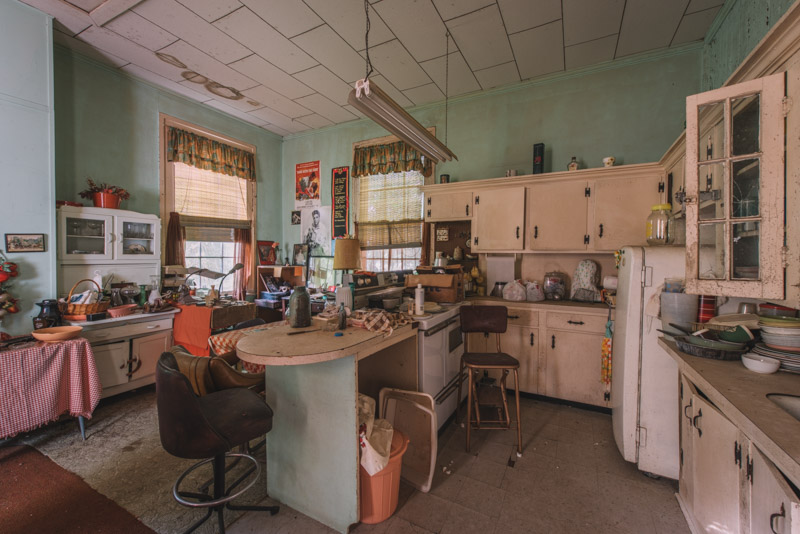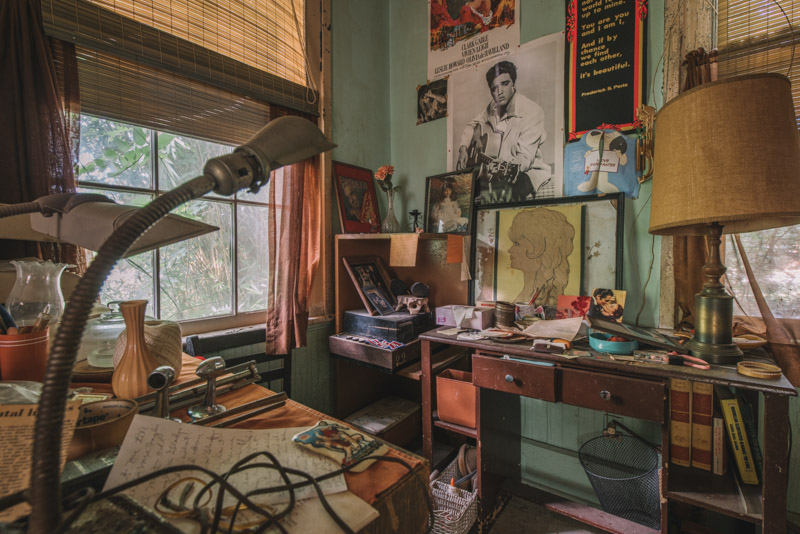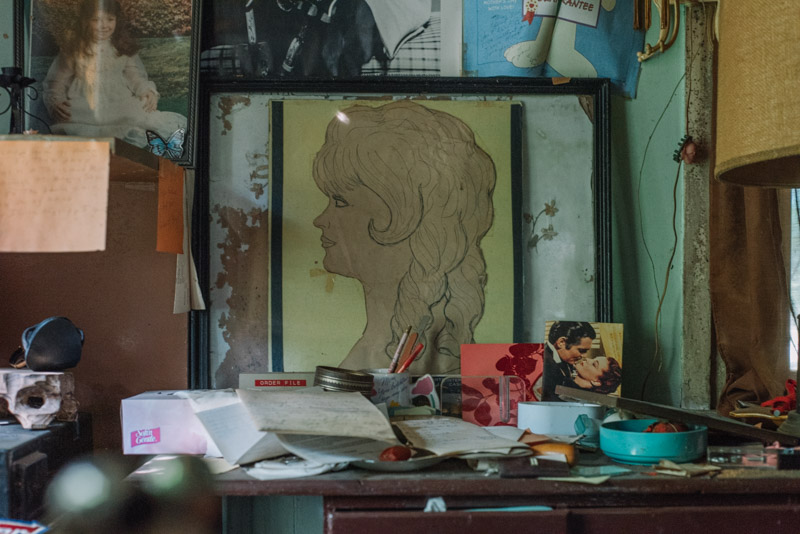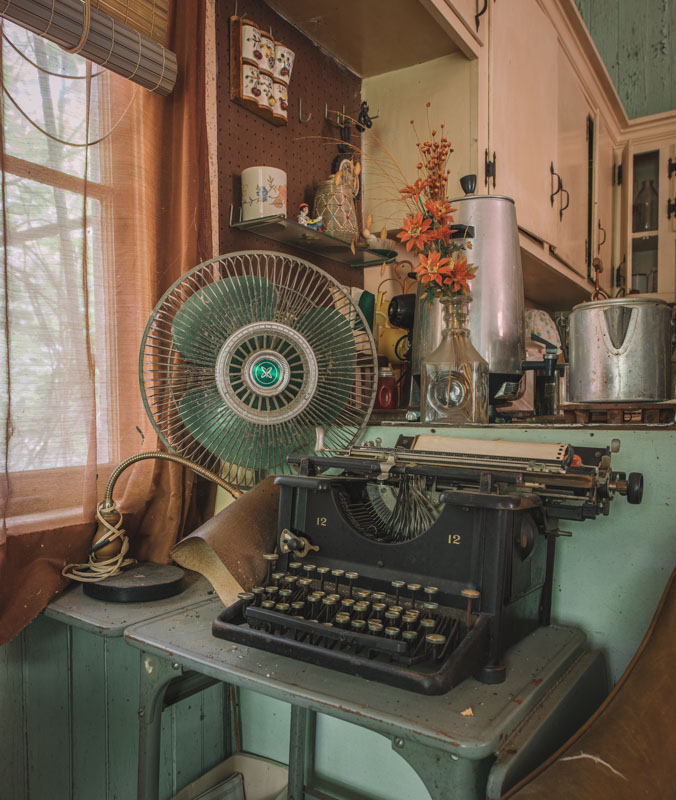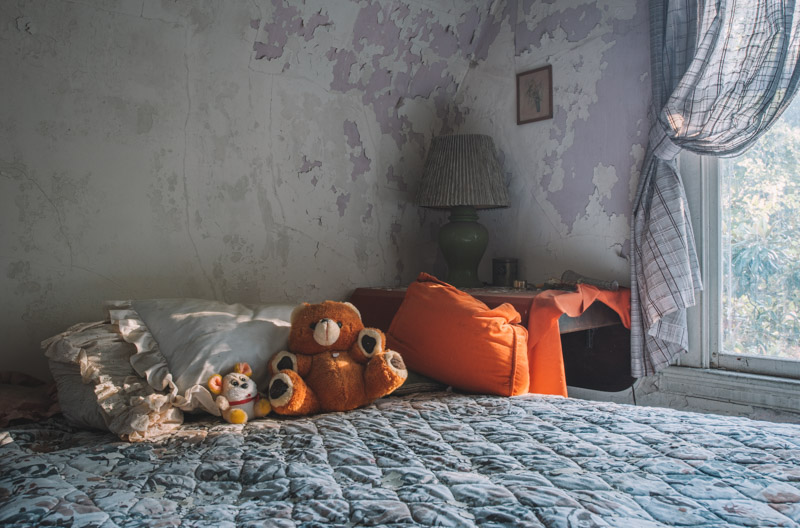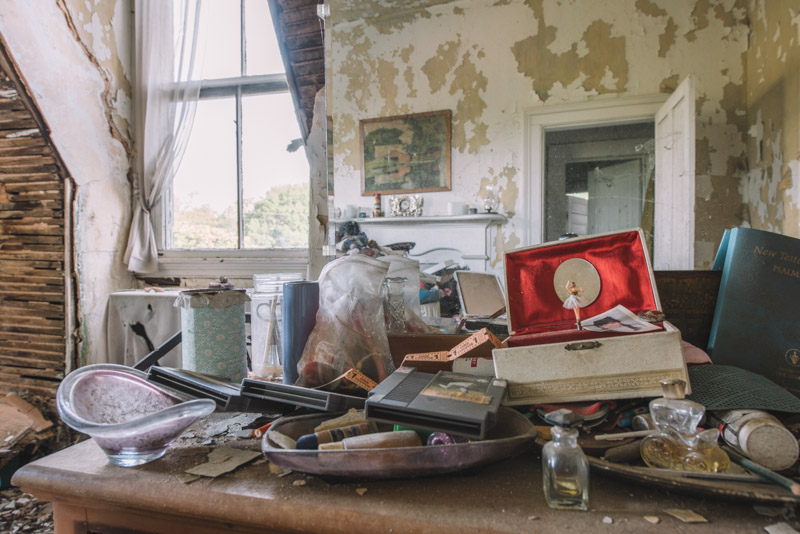
James Cain Little was born in Jefferson County, Georgia to Robert Patterson Little and Elizabeth Cain Little on February 7, 1846. Robert P. Little was a successful and influential plantation owner and served in the state legislature for two terms.
J.C. Little attended school until August 4th, 1863, when he enlisted in the Confederate Army at the age of seventeen. He joined as a private in Company F, 8th Georgia Calvary, which was assigned to Deering’s brigade, in the division commanded by General William Henry Lee. On April 26th, 1865, General Johnston and General Sherman agreed to surrender terms, ending the war for nearly 90,000 soldiers in North Carolina, South Carolina, Georgia, and Florida, including J.C. Little who was in Greensboro, North Carolina at the time of the surrender. In 1866, he became a clerk in a mercantile establishment in Louisville, Georgia. By 1869, he was running his own mercantile business and would become a prominent merchant in Jefferson County.
He married Mary Virginia Fleming of Columbus, Georgia in May 1872, and had four children together named William, Eunice, Edith, and Emma. Through this union, he became associates with Samuel Matthias Clark, who was married to Martha Helen Fleming, incorporating the Little & Clark Company in February 1904, with J.C. Little as President and Samuel Clark as Vice-President. The firm was widely regarded as the largest mercantile business in Jefferson County.
According to Lucian Lamar Knight, founder and first director of the Georgia Archives, Louisville was the center of trade and political influence when it served as Georgia’s capital between 1796 and 1806. When the capital moved to Milledgeville, combined with the lack of a railroad, progress and trading in Louisville stagnated. That was until 1879, when the Louisville & Wadley Railroad opened, a 10-mile railway connecting to the main stem of the Central of Georgia Railway. J.C. Little entered the railway industry in 1879 when he became treasurer of the Louisville & Wadley Railroad, and later in 1888, would be President and Superintendent of the same railroad until his death.

His wife Mary died on June 18, 1886, at the age of 32. He remarried in 1888 to Eleanor “Nellie” Patterson and had four children together named Augustine, Malcolm, Robert, and Martha. In 1875, J.C. Little bought half a city block in Louisville from William A. Wilkens, one of the earliest and largest property owners in Louisville at the time. There, he contracted L. J. Guilmartin & Co. to build his grand Gothic Revival-styled home. Featuring five bedrooms, two bathrooms, 15-foot ceilings, etched glass transoms over the interior doors, and a beautiful central staircase, the home was completed in 1876 at the cost of $4,000.
J.C. Little died on November 5th, 1917. During this time, Georgia’s economy was on a downturn as the boll weevil was destroying many of the crops in the state. Eleanor P. Little, James’ wife, never remarried and sold the house in 1924 to Clarence William Powers Sr. for $6,500.
As the economy fell even further during the Great Depression, the Home Owners’ Loan Corporation foreclosed on C.W. Power’s property. The Home Owners’ Loan Corporation sold the property in 1943 to Minnie Willie McDaniel for $3,400. In 1943, Home Owner’s Loan Corporation sold the property to Minnie Willie McDaniel for $3400. During the 1950s, the house functioned as a boarding house and contained a beauty parlor on its right-hand side. In the years that followed, the property changed hands a couple of times within the family until being sold to a cousin, Eve Willie Perdue, in 1987.
Author Ennis Willie wrote his first book Vice Town while living there in 1962. According to Ennis, he wrote the book in the first room on the left as you walk through the front door, typing it up on an old Royal typewriter that sat on the edge of a ping-pong table. Evelyn “Eve” Willie Perdue was a well-known lounge singer back in the 1960s and 1970s going by the stage name “Eve Storm”. She was also Ennis Willie’s sister and was one of the people who supported him in becoming an author. After purchasing the home from her cousins, she continued to operate a boarding house there which she dubbed “Eve’s Apple”. She also owned the residence across the street, later known as the Willie House, which was owned by her mother, Hallie Mae Willie. Due to Eve’s failing health, both houses fell into neglect. Eve passed away on July 10, 2020.

In 2017, the Downtown Development Authority of the City of Louisville took control of the home with the goal of stabilizing and saving the house. The Georgia Trust for Historic Preservation states that the home is endangered due to significant leaks in the roof. The Downtown Development Authority patched the roof to temporarily halt any further deterioration. Finally, in February 2020, the house was purchased by Kevin and Laine Berry who had begun rehabilitating the historic residence with plans to transform the property into a bed and breakfast. They were posting their progress on their social media which quickly developed a fanbase of over 60,000 followers. Unfortunately, the house burned down on July 20, 2020, after a nearby oak tree was struck by lightning and the ensuing fire engulfed the home. Despite efforts made by firefighters, the house was declared a total loss.

